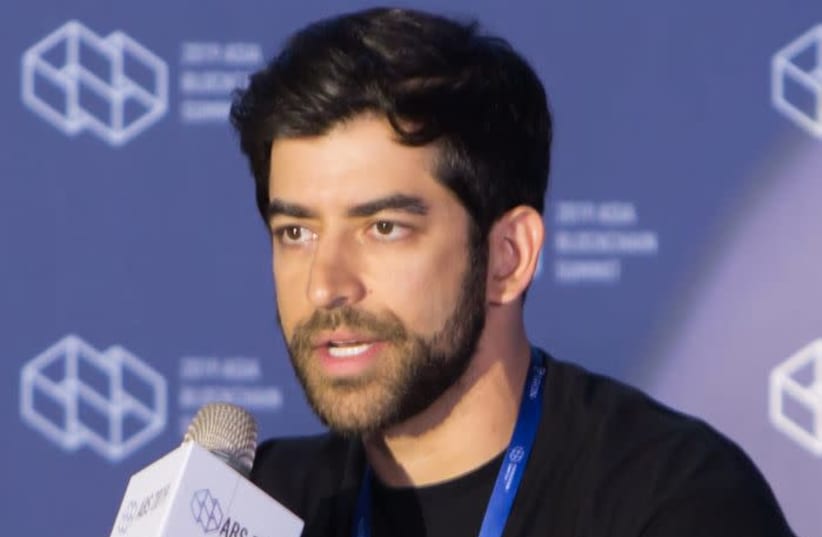After the infamous breach that occurred in 2016 around the DAO business model (which at that point had attracted nearly 14% of all Ether Tokens to date) most in the blockchain community took a reactionary approach, finding in the lapse of that particular DAO an indictment against the whole business model.
Specifically- according to Wikipedia- In June 2016, users exploited a vulnerability in The DAO code to enable them to siphon off one-third of The DAO's funds to a subsidiary account. On 20 July 2016 01:20:40 PM +UTC at Block 1920000, the Ethereum community decided to hard-fork the Ethereum blockchain to restore virtually all funds to the original contract. This was controversial and led to a fork in Ethereum, where the original unforked blockchain was maintained as Ethereum Classic, thus breaking Ethereum into two separate active blockchains, each with its own cryptocurrency.
At that point, a paper published in May 2016 noted a number of security vulnerabilities associated with The DAO and recommended that investors in The DAO hold off from directing The DAO to invest in projects until the problems had been resolved. An Ethereum developer on GitHub pointed out a flaw relating to "recursive calls" in early June that was picked up and blogged by Peter Vessenes, founder of the Blockchain Foundation on June 9, and by June 14, fixes had been proposed and were awaiting approval by members of The DAO.
Yet, even despite the magnitude of this rupture and the massive backlash that came with it, one insightful thought leader- crypto investor Tekin Salimi- made the decision to brave the storm and still stick by the DAO model.
In years since Salimi and other well-respected thought leaders in the space have advocated on behalf of the DAO for the permanent transaction and data recording benefits it confers....without which blockchain financial management would be severely handicapped.
Salimi recently went on to explain “Gas prices and scalability concerns on Ethereum today are bottlenecks that have led many project founders to consider launching DAOs on other platforms. Polkadot is a great example of a platform that stands to win DAO market share. Through utilizing Parity’s Substrate framework, a project founder can now launch a DAO chain that is natively interoperable with all other Substrate-based blockchains. This DAO chain can also participate in Polkadot’s parachain auctions to become an elected parachain and effectively piggy-back off of Polkadot’s consensus security. The value proposition of a platform like Polkadot is through reducing the surface area of issues that a DAO founder needs to worry about, so the founder can focus fundamentally on building a valuable economic model for the DAO’s tokenholders.”
Polkadot functions as a blockchain platform that connects private and consortium chains, public and permissionless networks, oracles, and future technologies that have not been created yet in a single, interoperable system.
It is just one notable example showcasing the efficacy of the DAO model. In fact, DAO's can operate different platforms and be ultilized for a large variety of different applications, collectively helping to wean today's financial markets off dependency of central authorities.
The content featured in this article is brand produced
